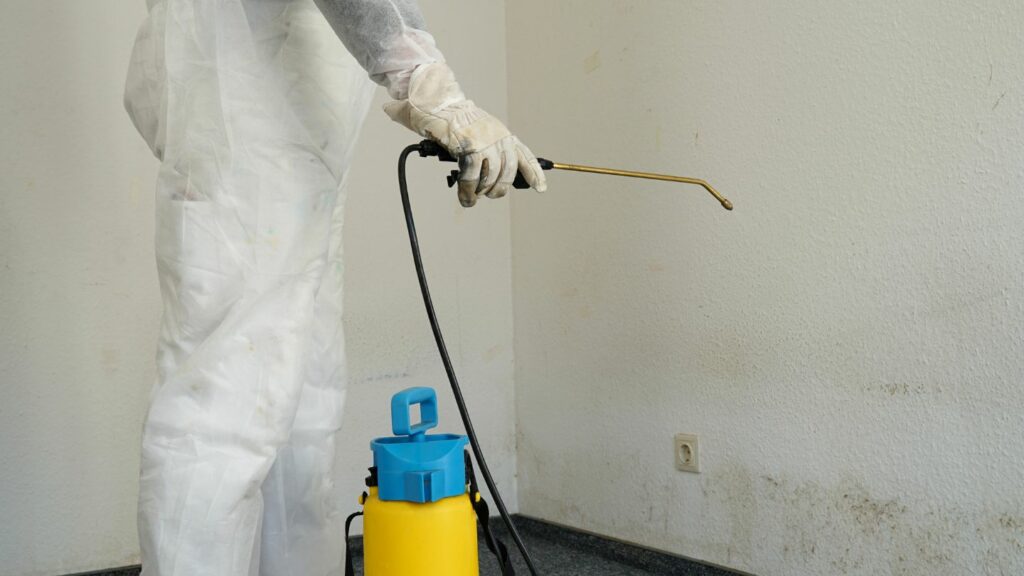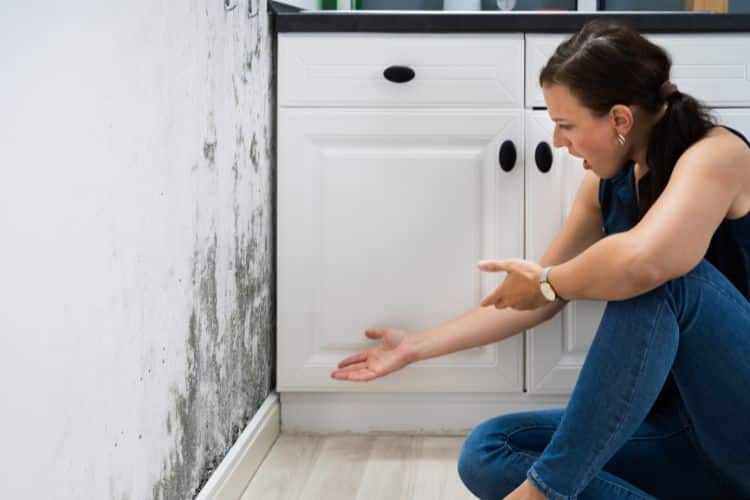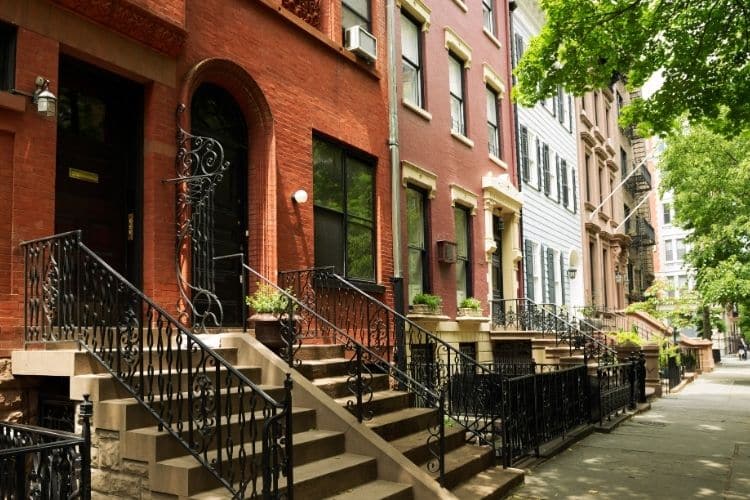Mold infestations can pose serious health risks and cause structural damage to homes. Mold remediation is the process of addressing and eliminating mold growth, ensuring a safe and healthy living environment.
In this comprehensive guide, we will explore the importance of mold remediation, the steps involved in the process, and why it is crucial to hire professionals for effective remediation.
By understanding the significance of mold remediation, you can protect your property, safeguard your health, and prevent mold from recurring.

The Dangers of Mold Infestation
Mold infestation can have severe consequences for both your property and your health. Exposure to mold can lead to respiratory problems, allergic reactions, and potential long-term health complications. Additionally, mold can cause structural damage to walls, ceilings, and other surfaces, compromising the integrity of your home. Understanding the dangers of mold infestation highlights the importance of addressing it promptly through remediation.
The Process of Mold Remediation
Mold remediation involves a series of steps to effectively remove mold and prevent its recurrence. The process includes:
- Assessment: Professionals conduct a thorough inspection to assess the extent of mold growth and identify the underlying causes, such as moisture sources or ventilation issues.
- Containment: Containment measures are implemented to prevent the spread of mold spores during the remediation process. Physical barriers and negative air pressure systems are used to isolate the affected areas.
- Removal: Mold-infested materials, such as drywall, carpeting, or insulation, are safely removed and discarded. Specialized techniques and equipment are employed to minimize the release of mold spores into the air.
- Cleaning and Disinfection: The remaining surfaces are meticulously cleaned and treated with appropriate antimicrobial agents to eliminate any residual mold and inhibit its future growth.
- Drying and Restoration: The affected areas are thoroughly dried to prevent moisture-related issues. Restoration work, including repairs and replacement of damaged materials, is carried out to restore the affected space to its pre-mold condition.
The Importance of Professional Mold Remediation
Professional mold remediation is vital for several reasons. Professionals have the expertise and specialized equipment to ensure thorough and effective removal of mold. They can identify hidden mold growth and address underlying moisture issues, preventing future mold problems. Professional remediation minimizes health risks by following industry standards and protocols, providing a safe environment for occupants. Moreover, hiring professionals saves time and effort compared to attempting DIY methods, as they are equipped with the necessary knowledge and experience. Emphasizing the importance of professional mold remediation underscores the significance of their role in protecting your property and well-being.
Long-Term Prevention Strategies
Preventing mold growth in the long term is essential for maintaining a healthy living environment. Implementing effective strategies can significantly reduce the chances of mold recurrence. Key prevention strategies include:
- Moisture Control: Addressing moisture issues promptly, such as fixing leaks and controlling humidity levels, helps prevent mold growth.
- Proper Ventilation: Adequate ventilation in high-moisture areas, such as bathrooms and kitchens, improves airflow and reduces moisture buildup.
- Regular Inspections: Conduct routine inspections to identify any signs of water damage, leaks, or potential areas of mold growth.
- Cleaning and Drying: Regularly clean and dry areas prone to moisture, such as bathrooms and basements, to prevent mold-friendly environments.
- Maintenance: Maintain proper insulation, seal windows and doors, and address any structural issues that could lead to moisture intrusion.
Common Misconceptions about Mold
There are several misconceptions surrounding mold that can hinder proper understanding and remediation efforts. In this section, we will debunk common myths associated with mold, providing accurate information to help you make informed decisions:
- Myth: Bleach can effectively remove mold. Fact: While bleach can temporarily remove surface mold, it does not address the underlying issues or prevent mold from regrowing. Professional mold remediation involves comprehensive removal and treatment methods that go beyond surface cleaning.
- Myth: Mold is harmless as long as it’s not black mold. Fact: All types of mold can cause health problems, and color is not a reliable indicator of toxicity. Mold exposure can trigger allergic reactions and respiratory issues, regardless of its color.
- Myth: Mold only grows in damp or wet areas. Fact: While moisture is a primary contributor to mold growth, it can also thrive in areas with high humidity. Even minor moisture issues, such as condensation, can create an environment suitable for mold growth.
- Myth: Once the mold is removed, it will not come back. Fact: Mold can return if the underlying moisture problem is not addressed. Effective mold remediation involves identifying and resolving the source of moisture to prevent future growth.
- Myth: DIY methods are as effective as professional mold remediation. Fact: DIY methods often lack the expertise, specialized equipment, and comprehensive approach necessary for effective mold removal. Professional remediation ensures thoroughness, safety, and long-term prevention.
Frequently Asked Questions
Can mold remediation be done without professional help?
How much does mold remediation cost?
Is mold covered by homeowners’ insurance?
Conclusion
Understanding the process and importance of mold remediation is crucial for protecting your property and well-being. By debunking common misconceptions and emphasizing the value of professional remediation, you can make informed decisions when faced with mold issues. Remember that mold poses health risks and can cause structural damage, underscoring the significance of addressing it promptly and effectively. Implementing long-term prevention strategies and seeking professional assistance when needed will help you create a mold-resistant environment for a safe and healthy home.




